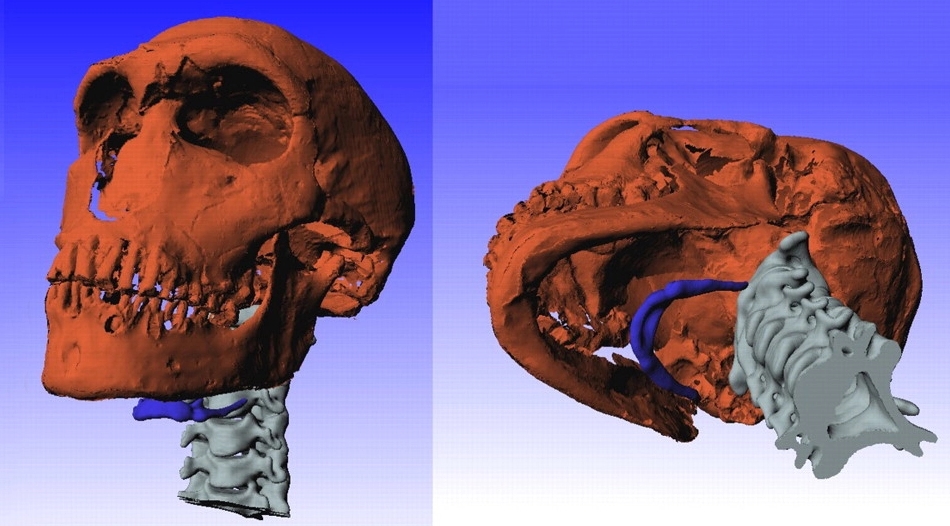
It is known that Neanderthals appeared 400,000 years ago and became extinct tens of thousands of years ago. Human ancestors Homo sapiens and Neanderthals could mate and paint cave paintings, but could Neanderthals speak words?
Words are an important tool for humans. Information was communicated between individuals or groups, which enabled significant development of technology and culture. Among archaeologists, the question of whether Neanderthals, close to modern humans, could speak has been a subject of debate since the 19th century. It is said that so many scholars wanted to publish opinions on the origins of languages, including Neanderthal languages, that in 1866 the Paris Linguistics Society even banned discussions on the origins of languages.
Boston University archaeologist Anna Goldfield points out that at least an animal must have the proper anatomical function to speak, and says studying the anatomy from an anatomical point of view could reveal what kind of speech Neanderthals could have had.
Many vertebrates, including humans, have vocal cords, which are made up of ligaments and muscles in the neck. Humans also develop vocal cords. When a person opens their mouth to make a voice, air flows from the lungs into the throat and reaches the vocal cords. When the vocal cords vibrate, the air also vibrates at a certain frequency, and when the vibrating air comes out of the mouth at once, it becomes a voice.
Monkeys also have vocal cords for the voice, which is a passageway for sound, but monkeys have an organ called the laryngeal sac in the vocal cords, that is, the passage from the vocal cords to the lips or nostrils. The laryngeal sac is an organ in which the bronchi are enlarged and may have the purpose of making the cry louder or supporting the neck muscles, but researchers have not yet identified a clear role. Due to the presence of this laryngeal sac, many apes are unable to produce sounds with the distinct frequencies of human speech.

Whether or not Neanderthals had laryngeal sacs has not been discovered because soft tissues do not survive to modern times. However, Goldfield noted that the cervical vertebrae associated with the vocal tract are U-shaped bones.
Although the cervical vertebrae are not connected to other bones in the human body, they fix the neck ligaments and muscles, support the tongue muscles, and are important bones when swallowing food or talking. Because the cervical vertebra is small and fragile, it cannot remain as a fossil until future generations, but fortunately, in the case of Neanderthals, a perfect cervical vertebra remains in a fossil named Kebara 1. University College London anatomist Sandra Martelli has attempted to reconstruct a Neanderthal vocal tract using a computer model.
He performed a CT scan of a human head, including the cervical vertebrae, and mapped it to a Neanderthal skull to investigate where the cervical vertebrae of Kebara 1 were located. As a result, it was found that the cervical vertebrae of Neanderthals were more likely to be located slightly anterior than modern humans. They found that they do not have laryngeal sacs like other great apes.
He says Neanderthals’ necks are much larger than humans, and he thinks that Neanderthals, with their wide reverberation space, could not pronounce vowels as clearly as modern people. Goldfield concluded that there was a possibility that he could speak like a human, but he estimated that the word would have been unfamiliar to modern people. Related information can be found here.


















Add comment